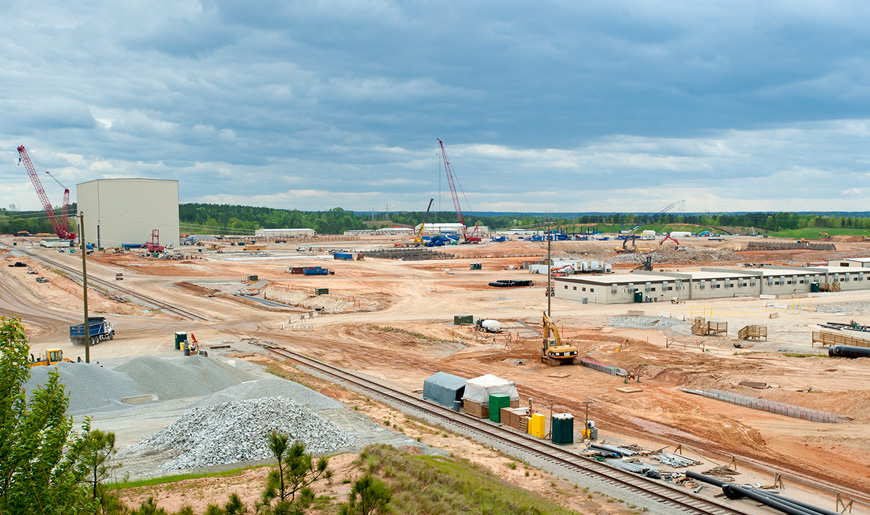I hear somebody asked about Georgia Power's Construction Work in Progress (CWIP) stealth tax charge to customers for Southern Company's new nukes at Plant Vogtle. Maybe some of these candidates for the Public Service Commission could help get Georgia Power and SO to stop suppressing solar and wind in Georgia, maybe even to lead the way.
GIPL wrote today,
Thanks to everyone who came out to our Political Forum on the Georgia Public Service Commission. We had a great turnout, and learned a lot about the 2012 candidates for the PSC.
This is a statewide election, so please share this video far and wide with your friends. The primary election will be held on July 31, and the PSC will also be on the ballot in November.
Participants in last night's forum included (from left to right)
Republican Matthew Reid and Democrat Steve Oppenheimer, who are both challenging incumbent Republican Commissioner Chuck Eaton in District 3, and Republican Pam Davidson and Libertarian David Staples, who are running against incumbent Republican Commissioner Stan Wise in District 5.
Beth Bond from Southeast Green moderated the media panel featuring Kristi Swartz from the Atlanta Journal Constitution, Walter Jones from Morris News Service, and Jonathan Shapiro from WABE.
Georgia Interfaith Power & Light hosted this forum. Co-hosts included 14 local environmental, religious, and advocacy organizations, including Southeast Green, Georgia WAND, GA Sierra Club, Civic League of Regional Atlanta, Glenn Memorial UMC Environmental Committee, GreenLaw, Southeast Energy Efficiency Alliance, Common Cause, League of Women Voters, Georgia Watch, Ryan Taylor Architects LLC, Sustainable Atlanta, Regional Council of Churches of Atlanta, Inc., Trinity Presbyterian Church Sustainability Committee, and the Southern Alliance for Clean Energy.
Here's the video:
-jsq













